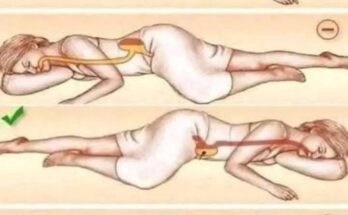Have you ever looked at yourself in the mirror and noticed two small dimples just above your buttocks, in the lower part of your back? If so, you’re not alone. These curious “holes” are known as Venus dimples in women and Apollo dimples in men, and they have inspired all sorts of theories, curiosities, and beliefs throughout history.
From a medical point of view, these dimples are simply natural indentations that form in the skin due to a specific genetic structure. They appear right where the iliac bone meets the sacrum, and their visibility depends mainly on genetics and body fat percentage. The slimmer and more toned a person is, the more visible they will be.
Let me know if you’d like a summarized version or further explanation!
But beyond anatomy, these dimples have been the subject of numerous myths and cultural beliefs. In ancient Rome, for example, it was believed that people who had these dimples were blessed by the gods with beauty, sensuality, and good health. Today, many people consider them a symbol of physical attractiveness and associate them with a more pleasurable sex life.
But is there any scientific basis for that last part?
Some studies suggest that these indentations are located near areas rich in nerve endings and blood vessels, which could promote circulation and sensitivity. It has also been mentioned that people with these dimples tend to have a more aligned pelvis and better body posture. Additionally, some personal trainers claim that the presence of these dimples may indicate good lower back musculature, which is beneficial for back health and overall physical performance.
However, it’s important to clarify that their presence does not guarantee any kind of physical or sexual superiority, although they can certainly be considered a striking aesthetic trait. On social media, these dimples have gained popularity, and many people even try to make them more visible through specific exercises to tone the lower back and reduce body fat. But if you don’t have them naturally, it’s important to remember that they cannot be “created” through exercise or diet—they are genetic.
In summary, if you have these two dimples on your back, consider yourself fortunate. Not only are they uncommon and attractive to many people, but they could also be a sign of physical health. However, the most important thing to remember is that every body is unique and special—with or without dimples.



